
Sea Life in the Galapagos Islands
The Galapagos Islands: a unique archipelago 600 miles off the coast of Ecuador, a wildlife haven and the inspiration for Charles Darwin’s theory of evolution. Beneath the crystalline waters that surround each of the islands is a kaleidoscopic world of dazzling tropical fish, volcanic reef and populations of Sharks, Sea Lions, Sea Turtles and Seahorses, to name just a few. Whether you choose to dive, snorkel, examine rock pools or take it easy on a glass-bottomed boat trip, the enormous amount of sea life that can be found here is sure to blow your mind. Below we look at some of the marine species you are likely to come across during your time in the Galapagos Islands.
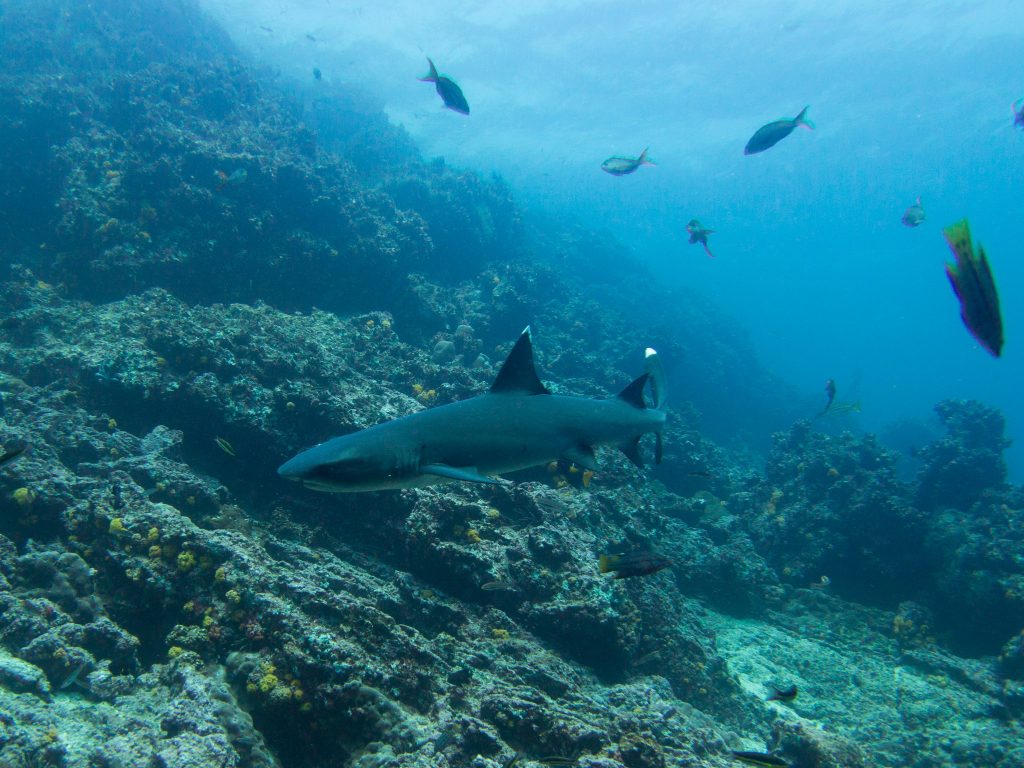
Lucy Rickards,
‘P2145690′
(CC BY 2.0)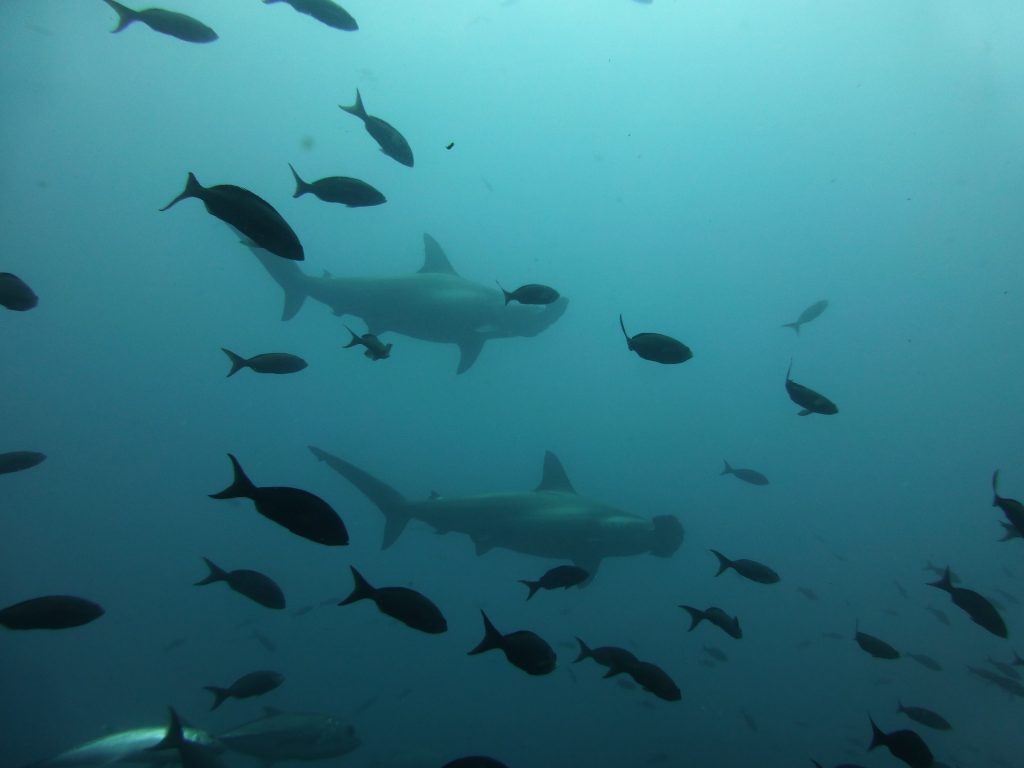
Galapagos Hammerhead Sharks (Pixabay)
White-tipped Reef Sharks
Despite its size (up to 1.7m long), the White-tipped Reef Shark is perfectly safe to swim with and can be found off the coast of most of the Galapagos Islands. Identifiable by the white tip of its dorsal fin, the White-tipped Reef Shark will happily glide past you as you snorkel, completely oblivious to the jaw-dropping experience it is providing you with!
Hammerhead Sharks
If diving with Hammerhead Sharks is on your bucket list, then the Galapagos Islands is the place to do it. Sometimes converging in their hundreds, these mighty beasts can grow up to a staggering 20m in length and can be seen at Wolf and Darwin Islands or diving at Gordon Rocks, just off the coast of Santa Cruz.
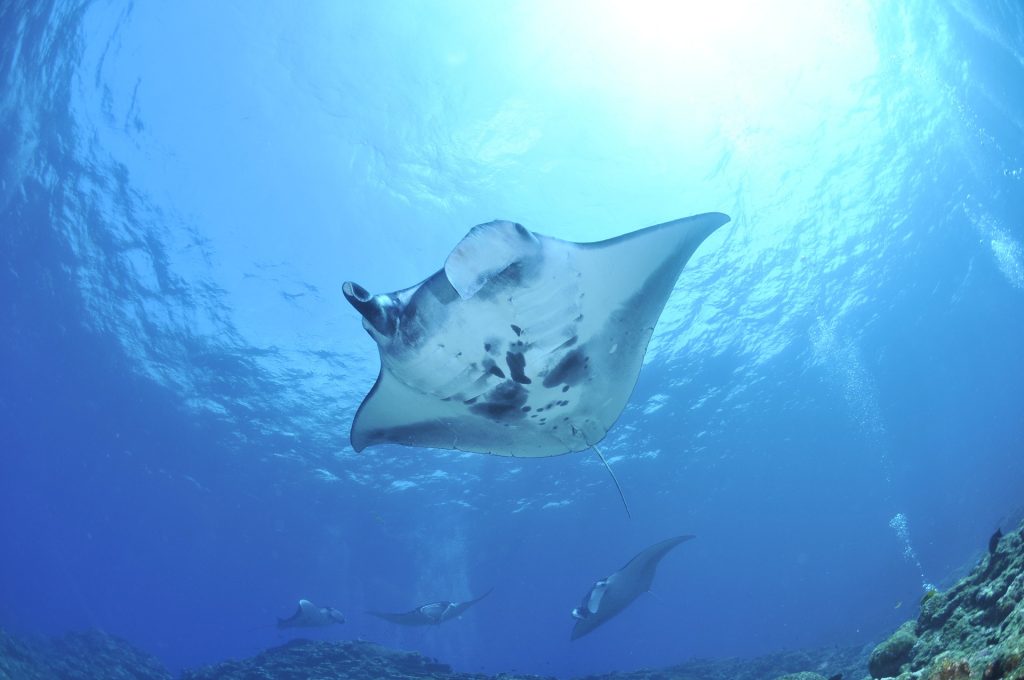
Manta Ray (Pixabay) 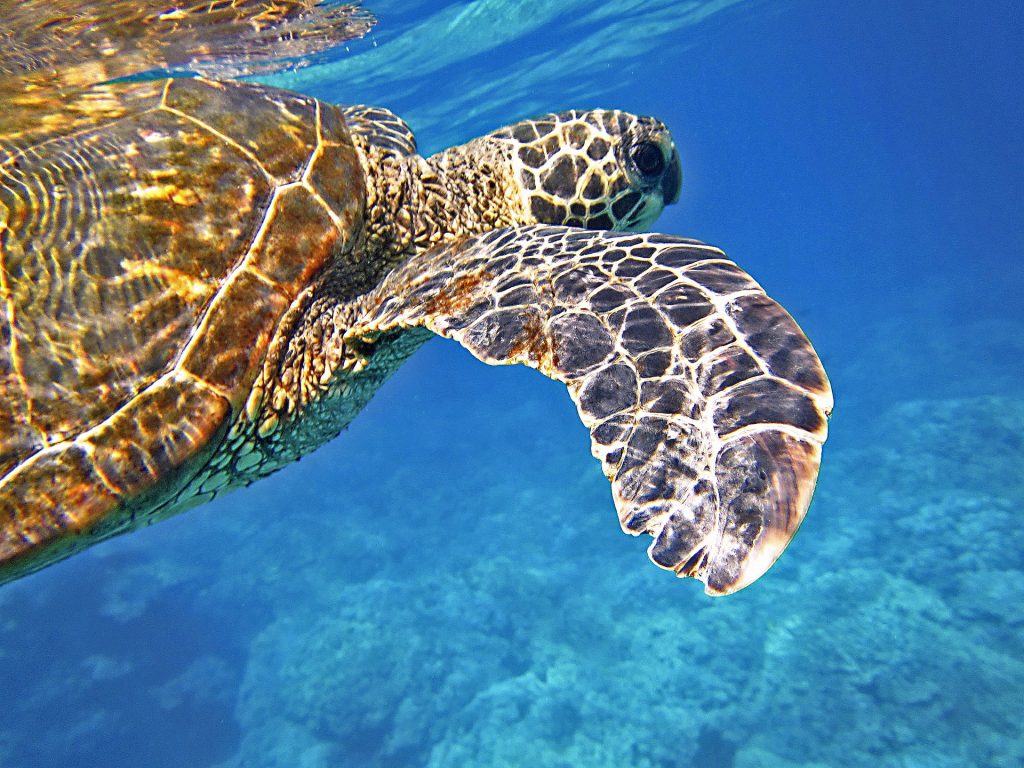
Sea Turtle (Pixabay)
Rays
The Galapagos Islands are home to several species of Rays including Sting Rays, Marble Rays and the huge Manta Ray. Keep your eyes down in order to spot one resting on the ocean floor, cleverly camouflaged. While it is more likely to see a Sting Ray, those lucky enough might also come across a Manta; at over 6m long, it is sure to take your breath away!
Green Sea Turtles
Possibly one of the most iconic creatures that inhabit the waters of the Galapagos Islands, the Green Sea Turtle can often be spotted munching on seaweed offshore and are commonly seen by both divers and snorkellers. While it is important to give any known nesting sites a wide berth, you can often see the deep tracks in the sand where a female has made her way from the sea to find the perfect spot for her eggs.
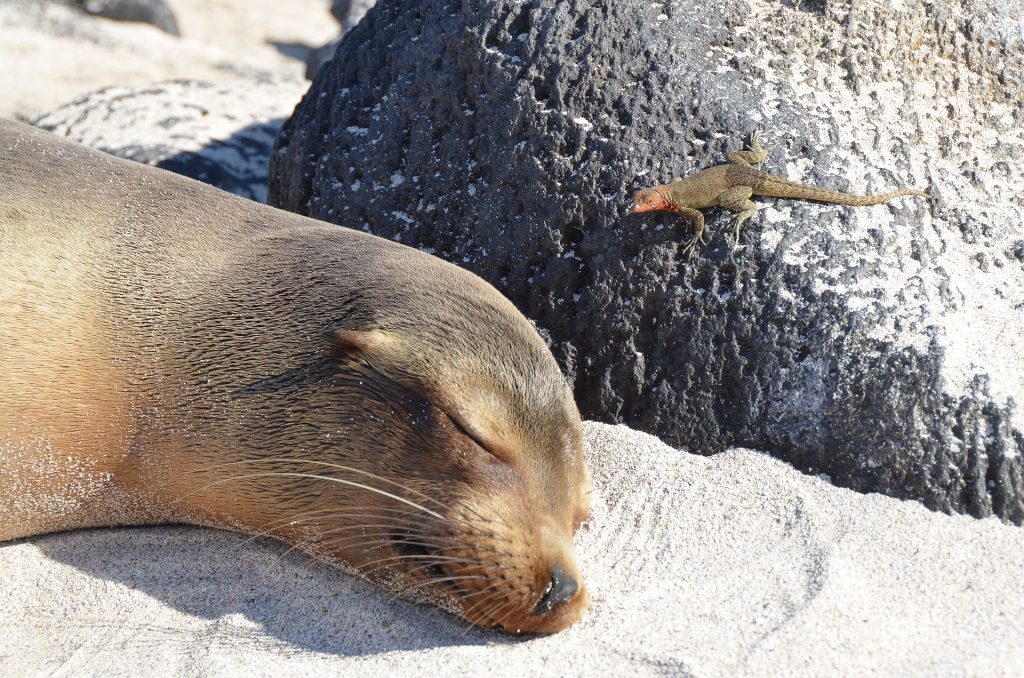
Sea Lion in the Galapagos (Pixabay) 
Penguin in the Galapagos (Pixabay)
Sea Lions
Inhabiting almost every island in the archipelago, it won’t take you long to become firm friends with these playful sea mammals. From acting as a welcoming committee as you dock on many of the uninhabited islets, to jumping into the surf and joining you for a swim, coming face to face with a Galapagos Sea Lion is a truly joyful experience.
Galapagos Penguin
Although tourists are more likely to see this creature above the water rather than below it, we could not resist the opportunity to include the characterful Galapagos Penguin in our sea life blog. Endemic to the islands, these birds are the only type of Penguin to be found north of the equator. If you are keen to see these endangered animals there are half a dozen islands that provide sanctuary for them, including Isabela, Santiago and Floreana.
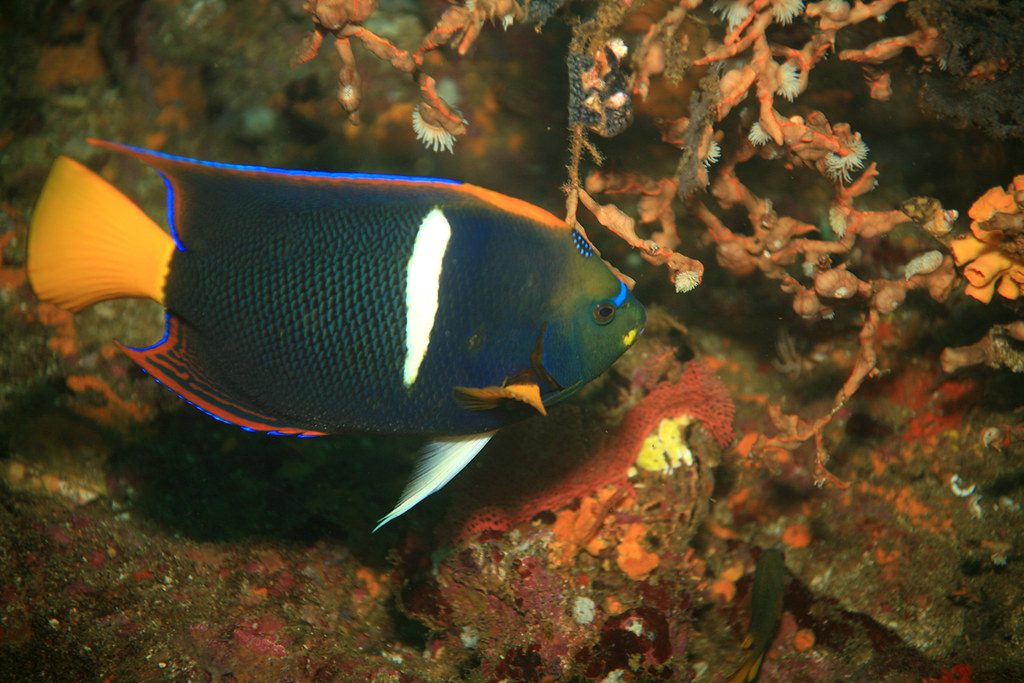
LASZLO ILYES ‘King Cotton‘ (CC BY 2.0) 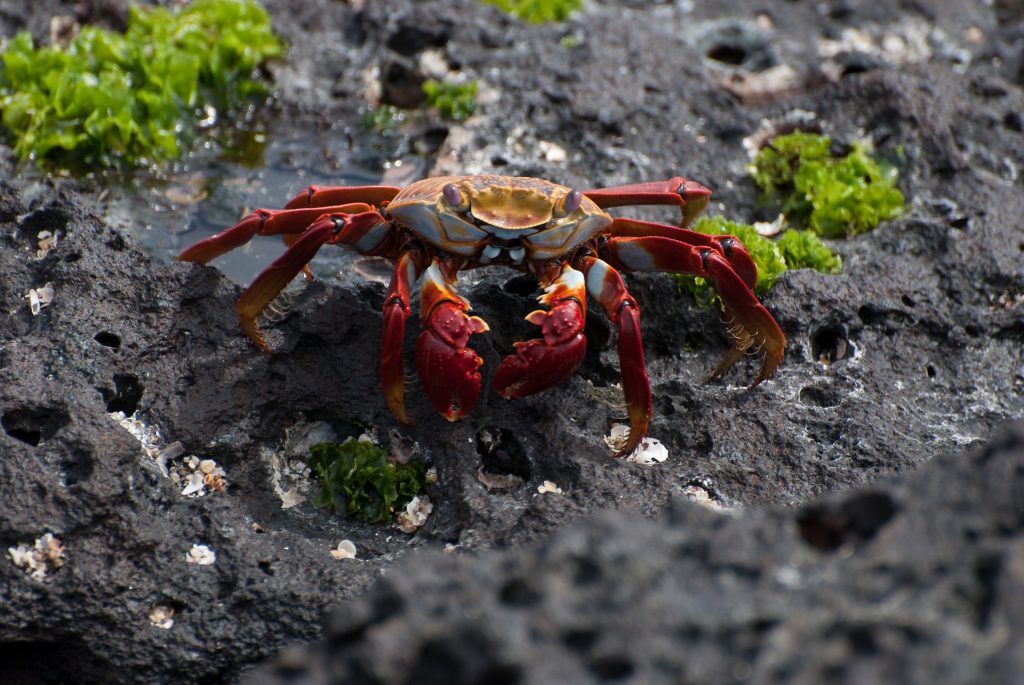
Sally Lightfoot Crab (Pixabay)
King Angelfish
Instantly recognisable thanks to their electric-blue bodies and bright, yellow-orange tails, the King Angelfish are thriving in the Galapagos Islands and often seen during snorkelling trips across the archipelago.
Yellow-tailed Surgeon Fish
If you have visions of ducking your head beneath the water and being greeted by huge schools of tropical fish, then the Yellow-tailed Surgeon Fish will check that box. As the name suggests their sunny yellow tails give them away, and they are known to be fairly laissez-faire when it comes to human interaction, so you can get a good look at them when snorkelling or diving.
Sally Lightfoot Crabs
These striking red crustaceans can often be seen scuttling across the volcanic rocks of the Galapagos Islands. Fascinating to watch, these crabs can move quickly when they need to; keeping predators on their toes! Living side by side with the Marine Iguana, part of their diet includes the ticks off the reptile’s skin. They are also known for generally cleaning up after the other sea life that call the islands home, making them a vital part of the ecosystem here.
For further reading on the wildlife of the Galapagos Islands, check out our Galapagos articles here.
Feeling inspired? Why not build your wildlife trip to the Galapagos with Discover Your South America, personalising your itinerary by handpicking the hotels, activities and length of stay according to your preferences. You can also call Surtrek on 1 866 978 7398 (Canada and USA) or 080 8189 0438 (UK) to talk to a travel expert; our team is always ready to help!

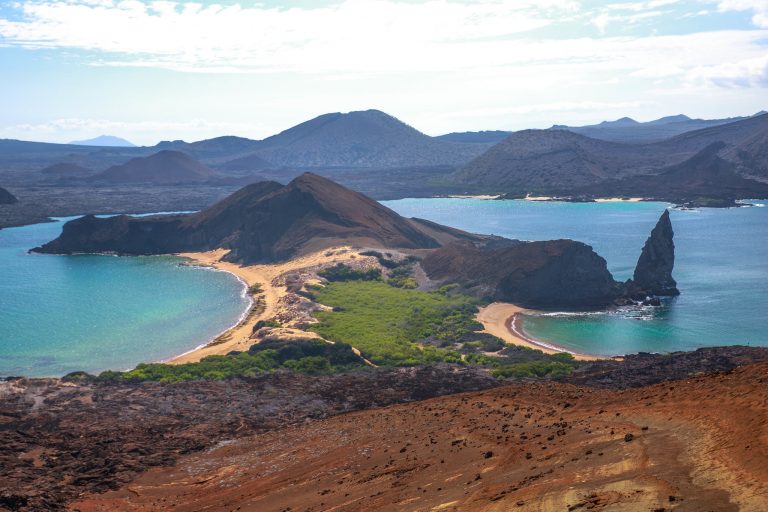
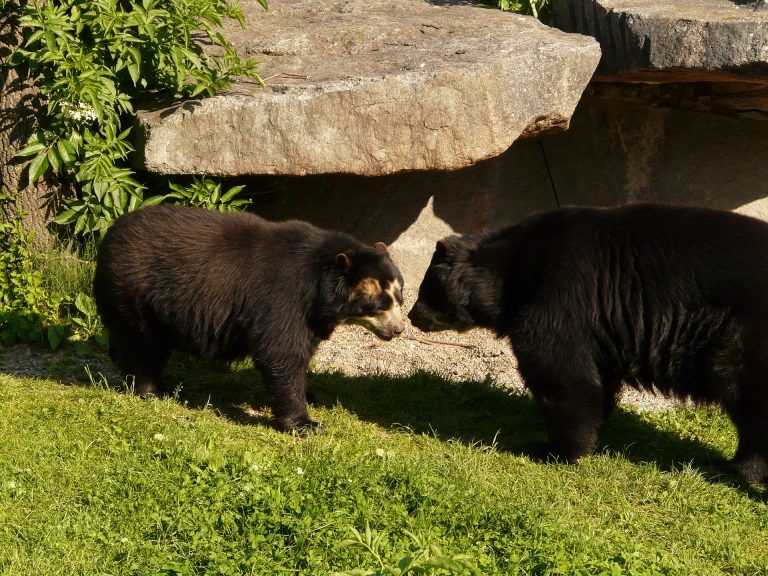
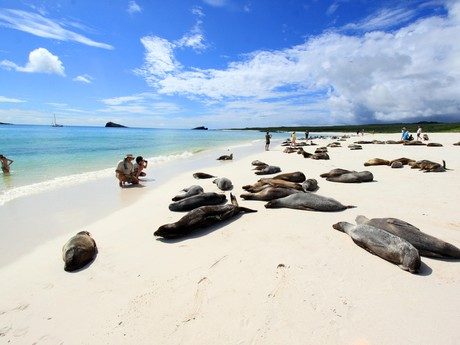
Leave a Comment
You must be logged in to post a comment.